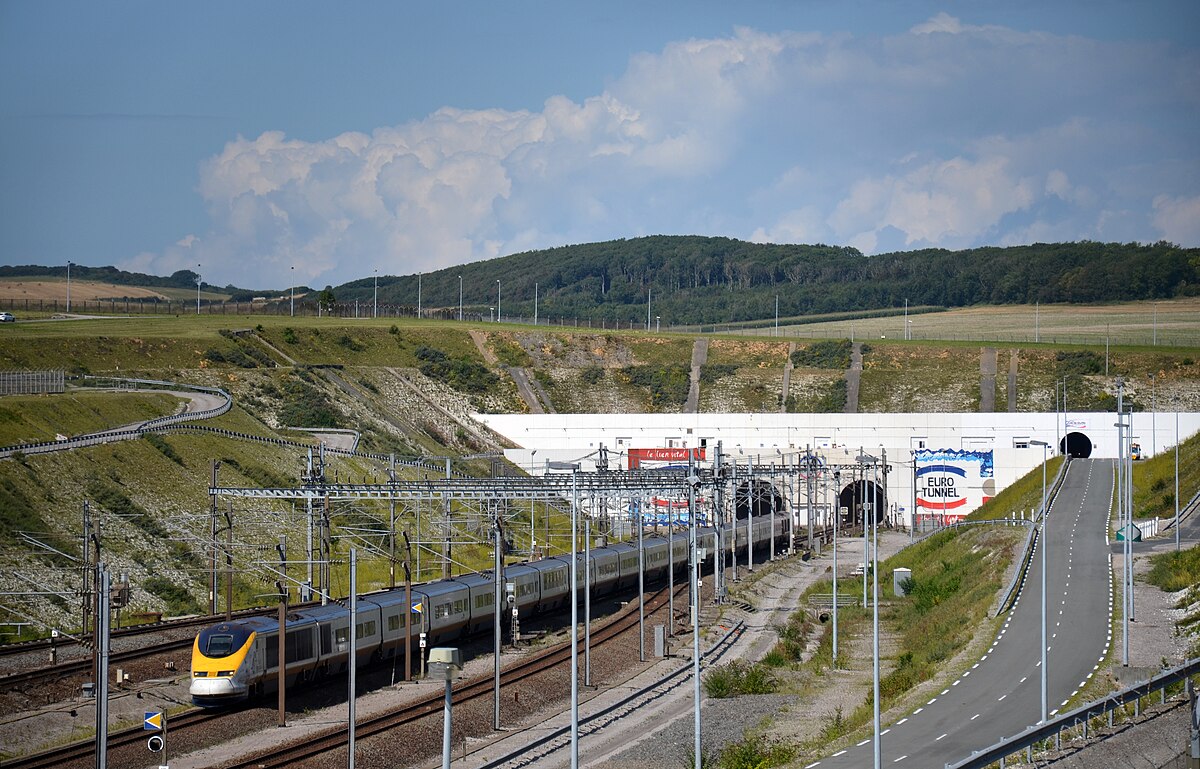 Getlink through its subsidiary Eurotunnel who is the concession of the Channel Tunnel, announed its plans to double the direct high speed rail services from the UK over the next 10 years.
Getlink through its subsidiary Eurotunnel who is the concession of the Channel Tunnel, announed its plans to double the direct high speed rail services from the UK over the next 10 years.
This doubling will be achieved by reducing the “time to market” from 10 to 5 years for operators who intend to launch new services between London and Cologne, London and Frankfurt, London and Geneva, London and Zurich.
On 6 May 2024, Eurotunnel, a wholly owned subsidiary of Getlink, will celebrate 30 years since the opening of the Channel Tunnel and the introduction of the first LeShuttle and LeShuttle Freight rail services linking Folkestone (Kent)to Coquelles (Pas-de-Calais). This year will also mark the 30th anniversary of the first direct rail links between London and Paris, and London and Brussels.
Three decades after this pioneering step forward in Europe’s rail network, and in the wake of the development of the recently introduced link between London and Amsterdam, Eurotunnel is aiming to further accelerate the low-carbon mobility of people between the UK and continental Europe by doubling the number of new direct destinations from London via the Channel Tunnel over the next 10 years.
“The Channel Tunnel is the catalyst for the acceleration of high-speed passenger traffic between London and Europe’s major cities. The attractiveness of the Open Access model and the impetus driven by Eurotunnel as infrastructure manager to develop new destinations are key factors in the growth of low-carbon mobility between the UK and continental Europe,” Yann Leriche, the Chief Executive of Getlink said.
The reduction in the time needed to launch new services to just 5 years is the fruit of the work by Eurotunnel, the infrastructure manager and keystone of the cross-Channel high-speed links, in cooperation with partners from across the European ecosystem (infrastructure managers, authorities, manufacturers, regulators).
4 decisive steps have been taken towards simplification including market research carried out by Eurotunnel to identify destinations; standardisation of Tunnel regulations with the relevant authorities; integration of tunnel specific criteria with manufacturers in their standard rolling stock offering; preparing cross-Channel connections with network operators and stations.
Share on:



